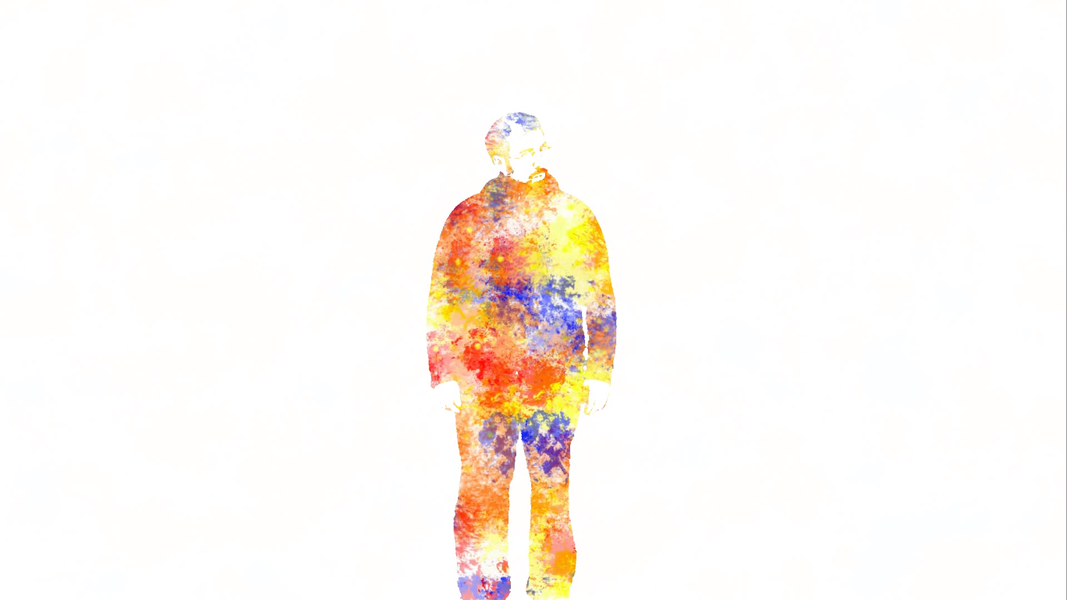We simulate an old slide projector with Kdenlive, using the overlay modes and playing with the brightness of the scene. The perfect solution for a teaching or scientist role.


We simulate an old slide projector with Kdenlive, using the overlay modes and playing with the brightness of the scene. The perfect solution for a teaching or scientist role.

We transform the movie of an actor into an animated drawing using the texture we prefer: pencil, paint, markers, we can make it with GIMP. Then, thanks to Kdenlive, the texture can be applied to the actor's silhouette.

We use Kdenlive and GIMP to create a title: we transform a frame into a drawing, color it, and insert the text. We will also add transitions to animate the title entering the scene.

We know that with Kdenlive it is very easy to superimpose video clips on images replacing the background, with the chroma key effect. But, if we wanted to move the camera, would it be possible to make the background move too? Of course, proceeding manually.

Have you ever thought of making an actor disappear inside a box, among flashes of light? Probably yes, especially when he complains. You can do it with Kdenlive, without risking a report for mistreatment. And even without too much effort.

With Kdenlive we can simulate the clean cut of a limb, giving the illusion that one of our actors arm has been amputated. By adding the movement of the arm and the fake splashes of blood we can obtain a realistic result.

Even if you are not Michael Bay, you will certainly have thought at least once of detonating something in your movies. In these pages we show you how with Kdenlive and GIMP it is possible to obtain this effect at a cost almost equal to zero.

Do you like the idea of making your actors fly? With Kdelive, a green towel, and some small tricks this is possible. And if you use the correct lighting your result will be able to compete with those of the great cinema productions.

Let's see how to use Blender's camera mapping to transform a 2D photograph into a 3D scene to be included in our movies. It is a digital method to achieve what was once called matte painting, but at no cost and in a few tens of minutes.

Let's see how to use Blender's camera mapping to transform a 2D photograph into a 3D scene to be included in our movies. It is a digital method to achieve what was once called matte painting, but at no cost and in a few tens of minutes.